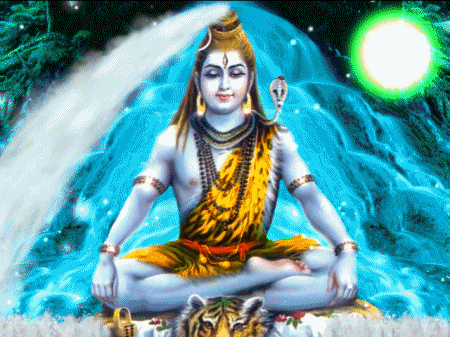


Mudras
“Tasmaat sarva prayatnena prabodhayitum eeshvareem
Brahma dvaara mukhe suptaam Mudra abhyaasam samaacharet”
Therefore, the goddess sleeping at the entrance of Brahma’s door should
be contantly aroused with all effort, by performing mudra thoroughly.
The Sanskrit word mudra is translated as ‘gesture’ or ‘attitude’. Mudras can be described as psychic, emotional, devotional and aesthetic gestures or attitudes. Yogis have experienced mudras as attitudes of energy flow, intended to link individual pranic force with universal or cosmic force. Mudras are combination of subtle physical movements which alter mood, attitude and perception, and which deepen awareness and concentration. A mudra may involve the whole body in a combination of asana pranayama, bandha. Mudra is a simple hand position. Mudras are higher gestures which lead to awakening of pranas, chakras and kundalini. In Hindu religion there are different kinds of mudras belongs to the particular god and goddess. Through the mudra if we pray to god they pleases and mudra is a completion of prayer too.
Kinds of Mudra:
-
Hasta (Hand) Mudra
-
Mana (Head) Mudra
-
Kaya (postural) Mudra
-
Bandha (lock) Mudra
-
Adhara (Perineal) Mudra